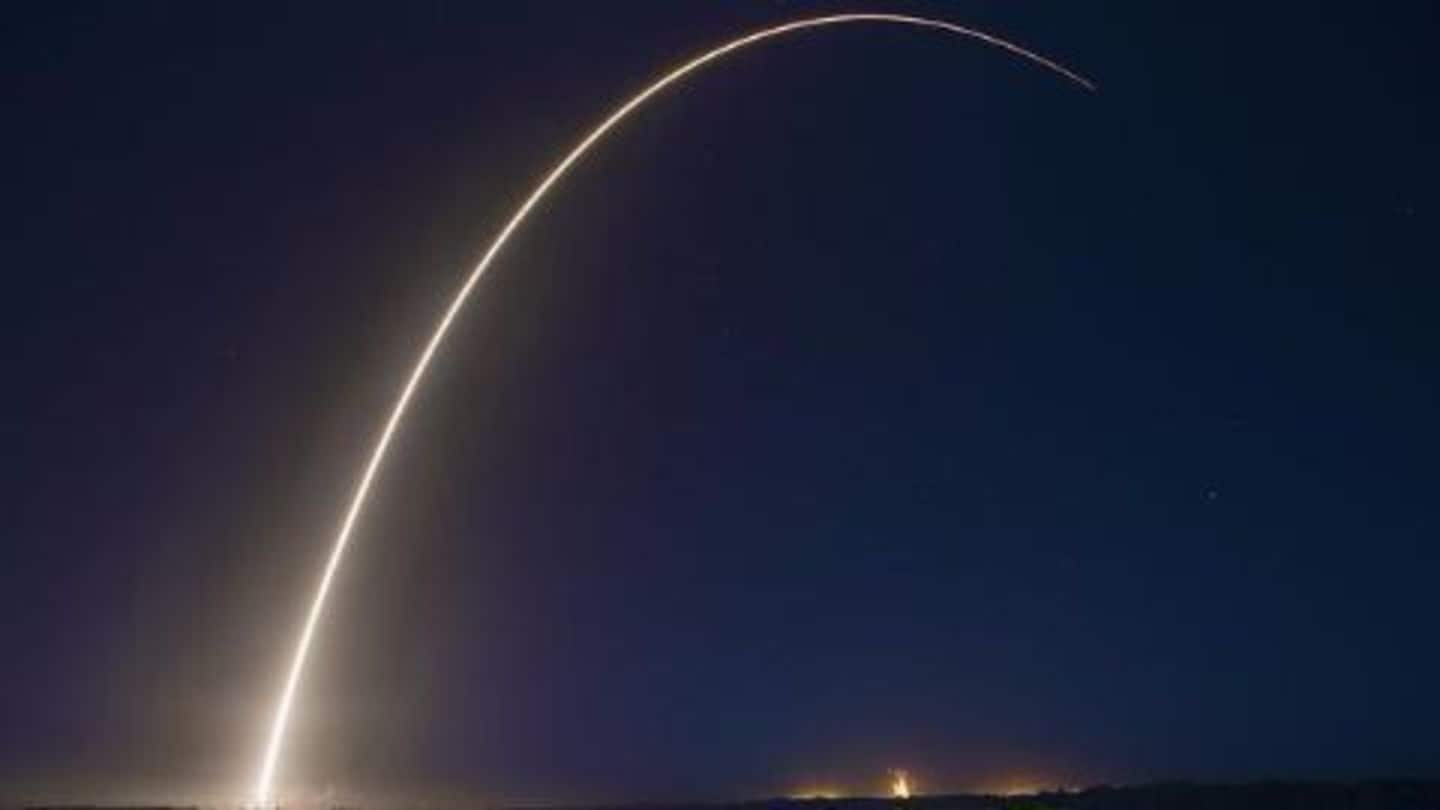
A look at the science/tech breakthroughs of 2015
What's the story
Technology is perhaps the greatest agent of change and as 2015 comes to an end, we take a look at the most ingenious and revolutionary breakthroughs of 2015.
From revolutions in spaceflight to cancer research, from advanced computing to new energy sources, 2015 was a major year for humankind and its leap into a world of abundance, exponential change and new era of advancement.
Computing
The future of computing - Quantum computers
After a series of tests between Google's D-Wave quantum computer and a normal computer, Google concluded that the quantum computer was 100 million times faster than a normal one.
The quantum computer uses "qubits" against a normal computer's bits.
This breakthrough will help overcome current limitations in computing and usher in a new era of advanced artificial intelligence systems, virtual simulations and optimization.
Connectivity
A new age of global internet connectivity
Google (Project Loon - Helium balloons), Facebook (Internet.org - drones and satellite constellation) and Qualcomm and Virgin (OneWeb - satellite constellation) took major steps in ensuring global internet connectivity for every human on earth at speeds of 1 Mbps.
Global internet connectivity will ensure 8 billion connected humans as opposed to the current 3 billion, adding 5 billion consumers to the global economy.
Fusion
The holy grail of nuclear power - Fusion
Several companies like Vancouver-based General Fusion, Washington-based Helium Energy, and TriAlpha are getting funding to pursue the holy grail of nuclear power - fusion.
TriAlpha broke barriers by holding a ball of superheated gas at 10 million degrees Celcius for 5 milliseconds.
Fusion, being the power source of the stars, is pollution-free and would be a major step in solving the energy crisis.
Cars
Fuel cell cars which run on hydrogen
Ushering in a new era of hybrid cars, Toyota announced the Mirai which runs on compressed hydrogen and emits nothing but drops of water.
Although pricey ($57,700), the Mirai can run 310 miles on a single tank, and a refill takes less than 3 minutes.
While the infrastructure to dispense compressed hydrogen needs significant development, this is a first step towards emission-free long-distance travel.
Robotics
The next generation of robotics
While robots are used heavily in manufacturing and assembly lines, advances in robotics technology is making robots smarter, more adaptive and flexible.
Beneficiaries of the cloud-computing revolution, robots are now able to access information and instructions remotely, making them more versatile.
New-age robots are being used in precision agriculture for harvesting and weed control, specialized manufacturing tasks, and even in nursing roles in Japan.
Spaceflight
SpaceX ushers in a new era of spaceflight
SpaceX succeeded in recovering the first stage of its Falcon-9 Orbital Launch Vehicle, bringing it back from near orbital speeds to its point of departure back on Earth.
Because the first stage has 9-10 engines, SpaceX can basically reuse 80% of the vehicle's parts for future missions.
Reusable rockets will usher in a new era of spaceflight as missions will cost significantly less.
Cancer
Genetically re-engineered Polio virus treats cancer
This year, a genetically re-engineered Polio virus, the PVS-RIPO, was used to treat glioblastoma - a brain tumour which carries a life expectancy of less than a year.
Unlike previous experimental treatments, PVS-RIPO proved successful in seeking out and poisoning cancerous cells while steering clear of normal ones.
Such advances in synthetic biology and genomics are paving the way for treating previously incurable diseases.
Gene
Researchers edit the genome of a human embryo
Researchers from China reported that they had been able to edit the genomes of human embyros using a new gene splicing technique- CRISPR-Cas9.
CRISPR (Clustered Regularly Interspaced Short Palindromic Repeats) is a strand of DNA found in 1987 to be part of a bacterial defense system.
In short, the same mechanism can be used to edit genomes and create re-engineered life devoid of disease.